Feather Plucking Treatment in an African Grey Parrot
HISTORY & PRESENTING SIGNS
Giselle has been living with Katie for almost 4 years. Katie tells the story of Giselle who is a 12 year African Grey Parrot
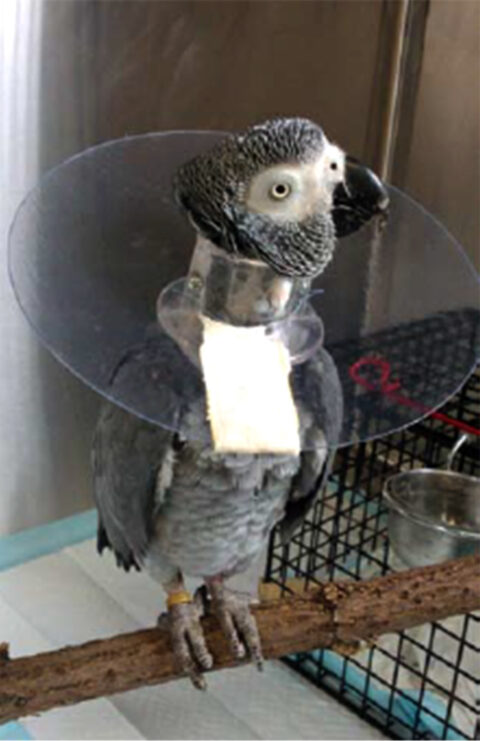
Last year we lost our German Shepherd Jess, and with African Greys being quite sensitive animals, Giselle picked up on our family’s emotions. It was roughly at this time that we began to see small changes in her behaviour and the feather plucking began. She began plucking her feathers on her rump and then moved on to destroying her red tail feathers. Over a period of a few days she started causing damage to the follicles which resulted in haemorrhaging. We started by just placing a collar to stop her but after a few weeks there was still no major improvements.
Parasitic, nutritional and boredom factors were all ruled out. To cover her for suspected bacterial folliculitis and infection through self mutilation we placed her on antibiotics. We used the behaviour modifier also known as a common anti-depressant Amitriptyline. We also had to use a neck brace with a buster collar to minimise her interference. (Giselle was very determined to get to her rump). Although all these had some effect, Giselle would get herself stressed as the area was still pruritic and inflamed.
VetGold Treatment Plan
We made a care plan of daily wound cleaning and the application of VetGold cream
to the area twice a day. We chose this over the spray version to start with as we
could apply it thickly to the area. This also meant we could minimise the handling of
Giselle and reduce the amount of applications.
We were very happy with the results which were clear within a couple of days. We could also see a massive improvement with Giselle’s behaviour. She was feeling a lot
happier and was showing reduced attempts to try and interfere with the area and
her appetite was returning to normal.After one week and the evidence of new tail feathers already growing through, we reduced the application of VetGold to once daily for another week and changed over to the spray version. This was a lot easier to apply to the skin and in between the new tail feathers.
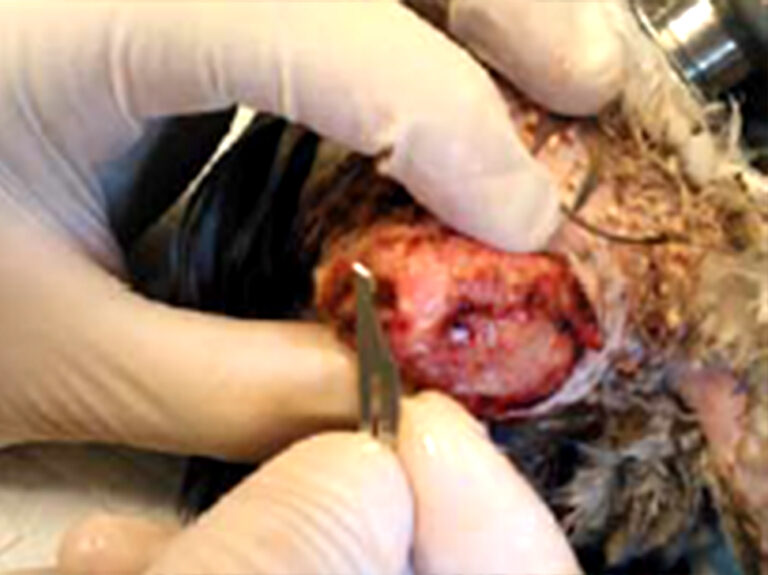
Day 1
Giselle is anaesthetised. Being anaesthetised enabledus to deep clean the wound and apply her neck brace and collar. Necrotic tissue had to be debrided. Starts VetGold cream treatment twice a day.
Continues for a week.
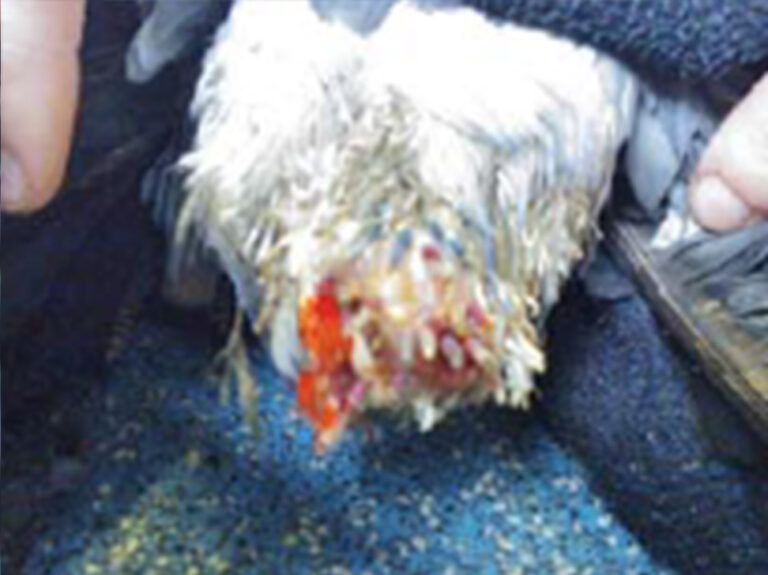
Day 9
Change over to VetGold spray. Reduced
applications to once a day. Antibiotics stopped but anti depressants continue for another week. No inflammation and redness was reduced. Giselle has become less pruritic. Evidence of tail feathers growing.
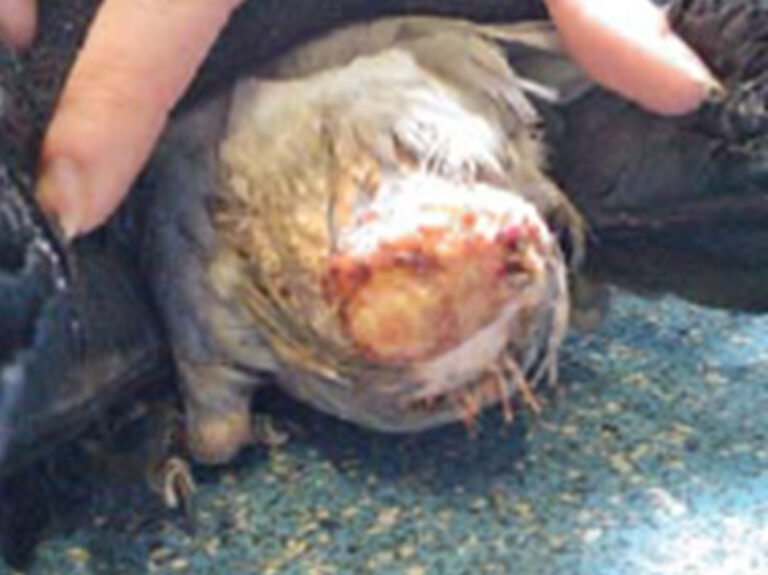
Day 4
Application of VetGold cream has been applied to the area twice daily. Inflammation and redness were reduced. Continued with antibiotics and anti-depressants. Giselle’s behavior showed she was less agitated with the wound.
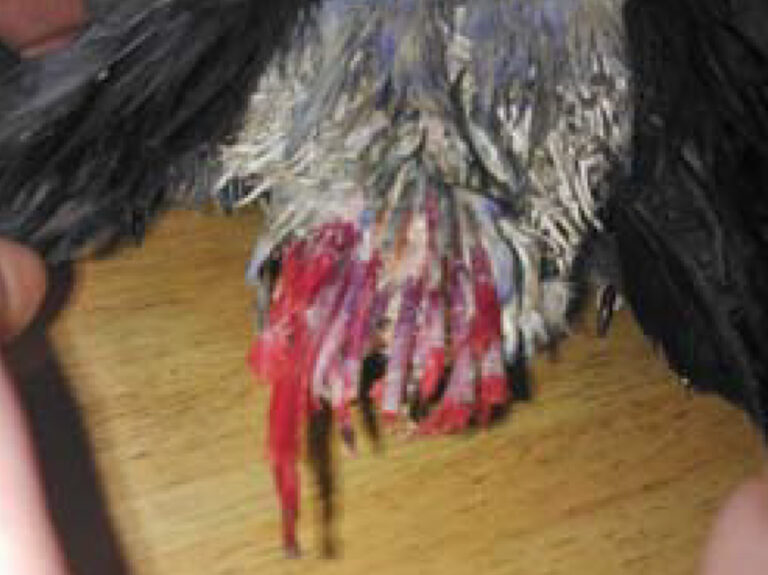
Day 16
VetGold spray stopped on day 14. The rapid growth rate of tail feathers. Anti-depressant and collar remained until feathers were fully grown. Skin back to normal.
Written by Katie Shine, Head RVN at Medivet – Greenwich
Assisted with treatment by Vitor Silva MRCVS at Medivet – Greenwich